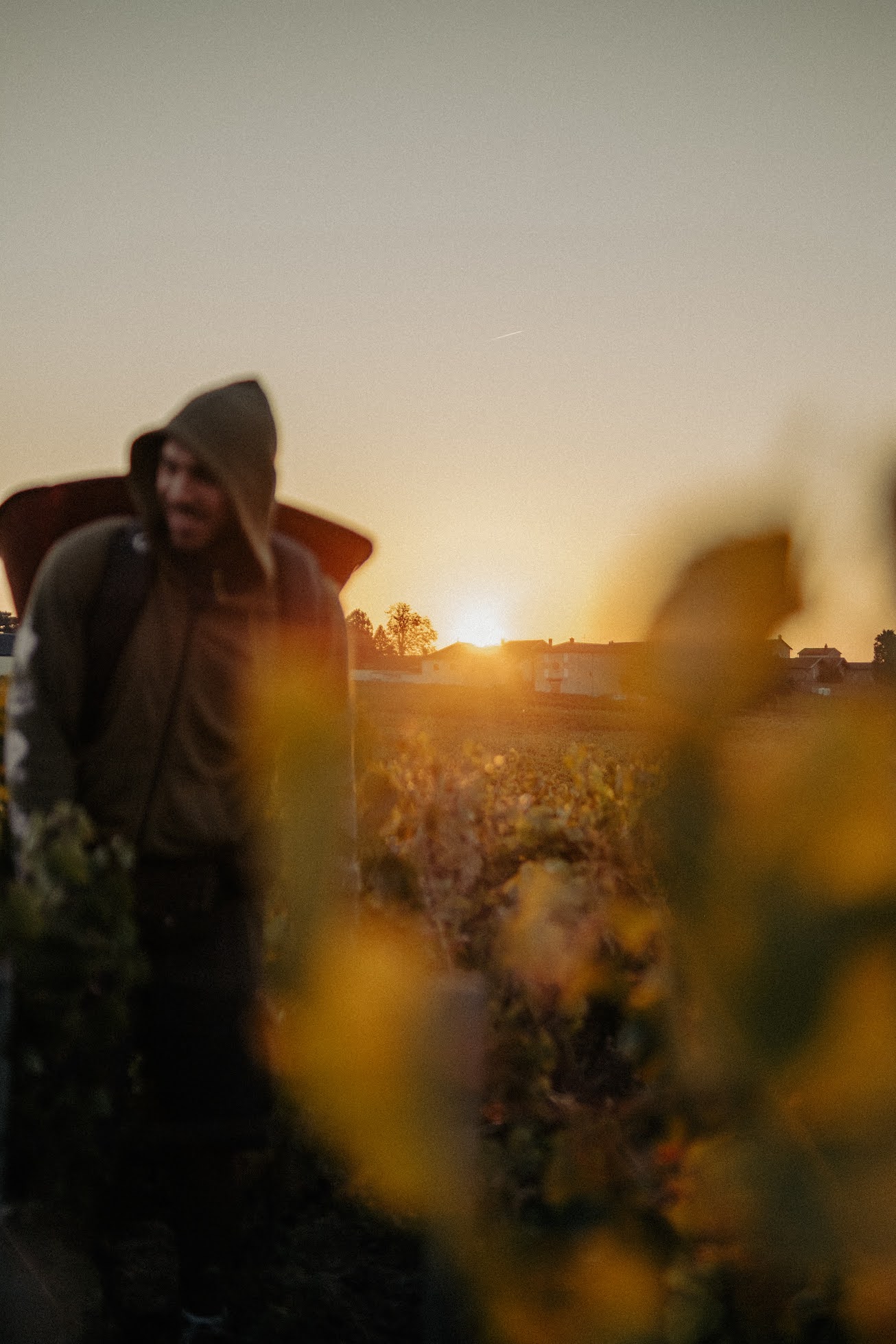
As I raise the glass of wine to my lips, I am listening to a verbal picture being painted by a friend of mine of a young female vigneronne working singlehandedly in an obscure region of sunny Spain, farming regeneratively and growing indigenous varieties that I have never heard of, foot-treading her lovingly hand-picked grapes in an old cement trough, allowing the ferment to go wild and finally bringing the wine to bottle without filtration or adding sulphur.
The recital of this list is aural balm, with almost every one of my kind of positive wine trigger words being tripped along the way. A picture story, warmed with tactile words, forms. As a consequence, the liquid shimmers with possibilities. I am ready.
The prelude to enjoying a wine is an enhanced receptivity to the pictures forming in the mind’s eye. When tasting in normal circumstances, we are not profoundly engaged at a cognitive level. If we are approaching the wine in a dispassionate, scientific frame of mind, we actively try to block out external distractions such as noise or other people’s words.
My warm feelings about this particular wine become an odd melange of movie clips I have viewed on YouTube.
In this instance, however, the words and the pictures created by them act like a live fermented culture that helps a loaf of bread to rise. The words spark images by unlocking and tapping into the areas of the brain where associations and memories are held. My warm feelings about this particular wine become an odd melange of movie clips I have viewed on YouTube. One shows a young peasant woman, her hair roughly bound by a head scarf, rhythmically treading on grapes oozing their unreal-coloured purple juices. Another blends imagined vistas of gnarled bush vines and blinding white sunlight bouncing off the bleached rocks. A glass held up to the sky brimming with shiny new-made wine. Flaky memories of vineyards and wineries that I have visited. Kneaded through with the associative sound of the words themselves – the sturdiness of the cement trough with its suggestion of ancient tradition, the bubbles and boiling of the ferment, all natural, healthy, dynamic. The final feed into the expectation starter is the enthusiastic tone in which the information about the wine’s origins is conveyed, one of enthusiasm and a certain cajoling which says: “I know what you love in wine, and you will love this!”
Do the words always create the identical images? Similar to our sourdough starters which use ambient yeasts for the dough to rise, our thoughts are similarly ambient, and the circumstances of the tasting are never the same. The particular individual who uttered the evocative words in that particular tone of voice may not be present; the associations provoked may be different ones; one’s receptivity to the words may be diminished, or habituation to the very words may dull one’s enthusiasm. Just as the first time we try a wine and are surprised and delighted by it, our second encounter may be entirely different for a whole variety of reasons, chief of which being that we want the experience to measure up to the originality of the first encounter.
When one first experiences a wine, the delight of the moment and the consequent warmth of feeling, can engender strong social instincts. I infer that the individual who describes the grower and her wine is emotionally engaged. I mirror this in my reaction to the wine to create a momentary connection between us, a social bond. Approval, expressed through both physical and verbal language, is about the way we feel at the moment rather than our assessment of the quality of the wine.

